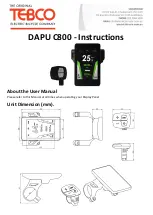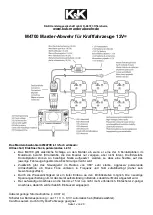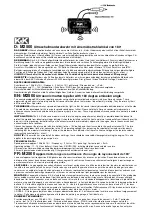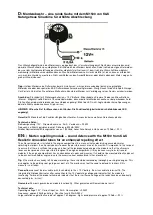
78
Data Files
©
2016-2017 SR Research Ltd.
All samples contain a timestamp, recorded in milliseconds. The time is
measured from the time when the tracker software was started. This timestamp
makes detection of missing samples possible, as well as simplifying processing
of data. Usually all samples produced by the EyeLink eye tracker are recorded.
Other types of sample data are discussed in greater detail below.
4.4.2 Position Data
Eye position data is produced by the EyeLink tracker every 0.5, 1, 2 or 4
milliseconds depending on the tracking model, and system configuration. It is
then processed to compute eye rotation angles and to compensate for
participant head motions. The processed data in one or all of these forms may
be recorded in the samples. Data is written as (x, y) coordinate pairs, or two
pairs for binocular data. The types of position data available are explained
below.
4.4.2.1 PUPIL / RAW
Pupil position data are raw (x, y) coordinate pairs from the camera. They have
not been converted to eye angles or to gaze position. There may be a non-linear
relationship between these data and true gaze position. Pupil position is
reported in integer values, with 200 to 400 units per degree of visual angle.
When a calibration has not been performed, the EyeLink system cannot convert
pupil data to the more useful data types. Raw pupil position is useful when
auto-sequencing calibrations, or when the user wishes to perform their own
post-hoc calibration, such as for patients with nystagmus. Most users will not
need this type of data.
4.4.2.2 HREF
The HREF (head-referenced) position data directly measure eye rotation angles
relative to the head. They do not take into account changes in participant head
position and angle, or distance from the display. However, they may be more
accurate for neuro-psychophysical research, as they reflect real eye movement
velocities and amplitudes.
The (x, y) coordinate pairs in HREF data reflect the line of sight in the geometric
model below:















































